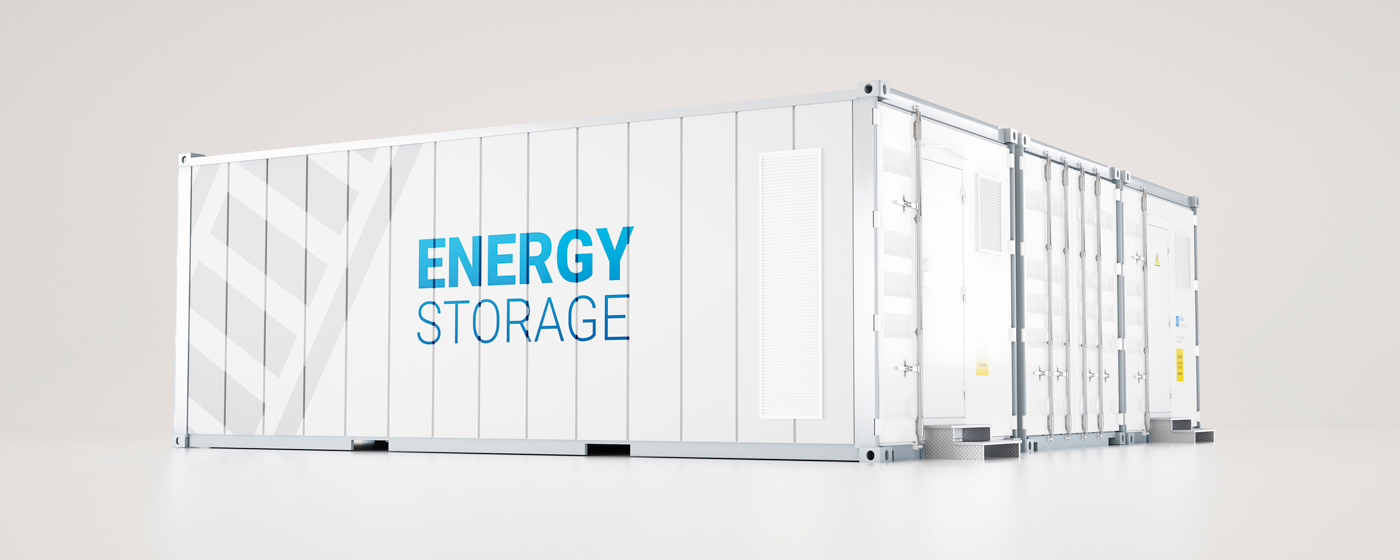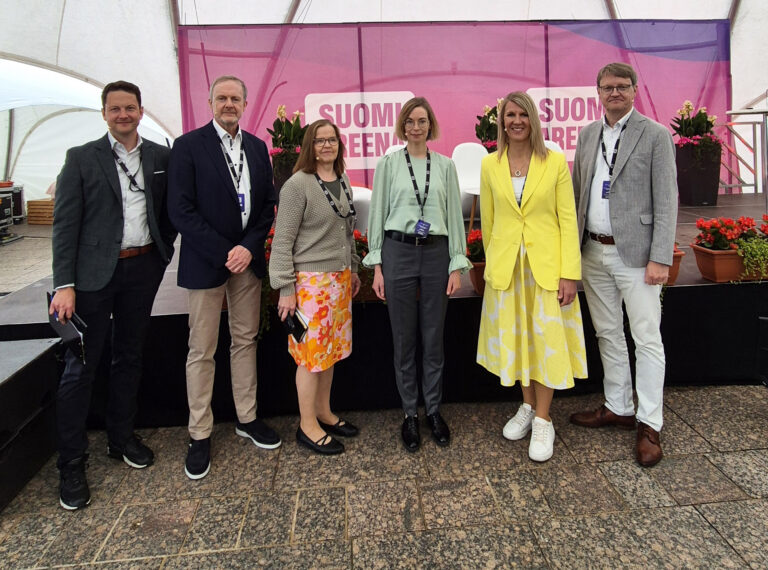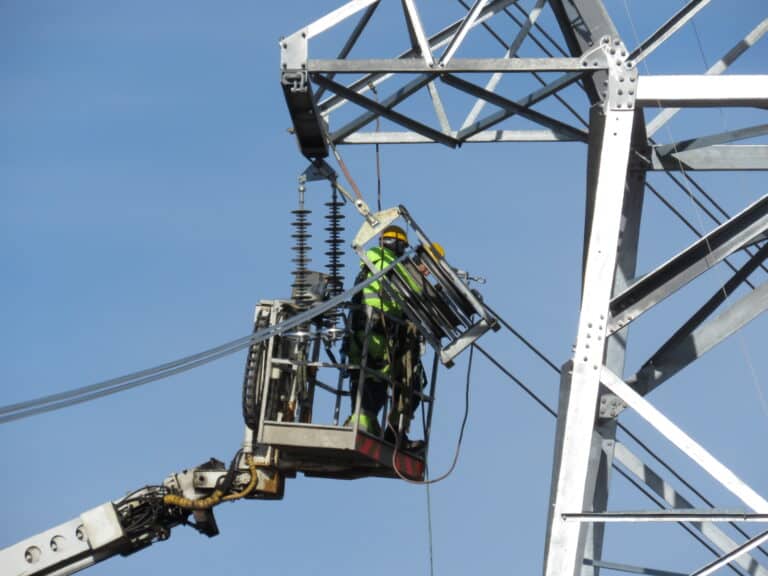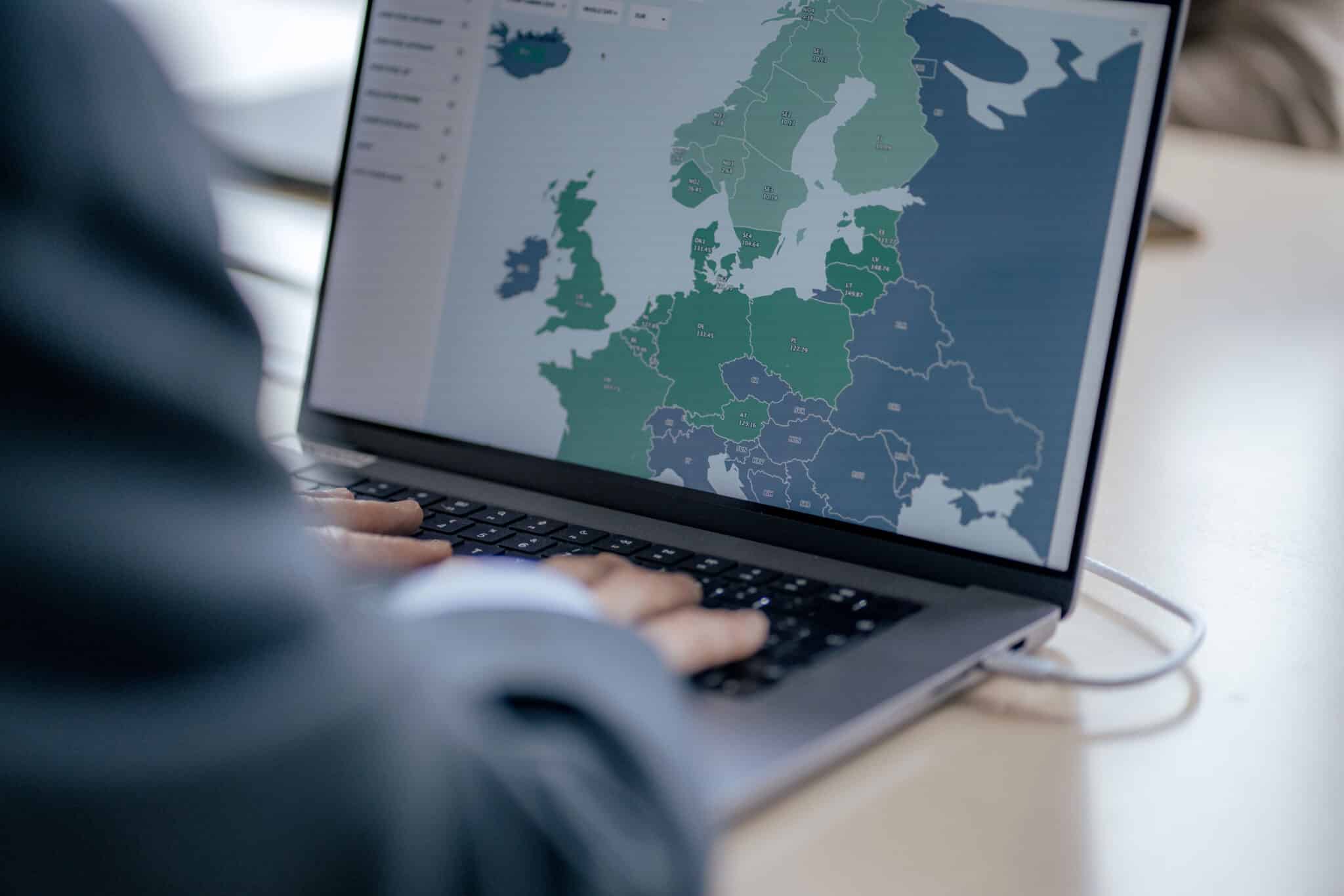Sähköjärjestelmän tukena voidaan käyttää kolmea akkutyyppiä, joista litiumioniakut ovat yleisimpiä.
”Litiumioniakku on kehitetty kodinelektroniikan tarpeisiin, joten akkujen pieneen kokoon ja energiatehokkuuteen on panostettu paljon. Energiajärjestelmän osana käytettävän akun koko ei kuitenkaan yleensä ole tärkeää. Litiumioniakkujen ongelma on litiumin ja koboltin saatavuus ja kustannustehokkuus. Niinpä kobolttia korvataan nikkeli-mangani-koboltti-seoksella tai rautafosfaatilla ja litiumin korvaamista osin natriumilla tutkitaan. Ongelma on myös paloturvallisuus, koska litiumioniakussa on paljon palavaa materiaalia”, Turun yliopiston materiaalitekniikan apulaisprofessori Pekka Peljo toteaa.
Peljon oma tutkimusryhmä tutkii virtausakkujen mahdollisuuksia. Niissä energia varastoidaan nesteeseen eikä kennoon, kuten muissa akuissa.
Virtausakkujen energiatiheys on pienempi kuin esimerkiksi litiumioniakkujen, mutta ne ovat vesipohjaisina paloturvallisia.
”Virtausakkujen energiatiheys on pienempi kuin esimerkiksi litiumioniakkujen, mutta ne ovat vesipohjaisina paloturvallisia. Ison nestesäiliön avulla saadaan aikaan jopa 12 tuntia kestävää energian varastointia. Ne sopisivat esimerkiksi tuulivoimaloiden yhteyteen tai sähköautojen latausasemille. Virtausakkujen raaka-aine vanadiini on kuitenkin aika kallista.”
Energiajärjestelmä voisi hyvin käyttää myös natriumrikkiakkuja.
”Natriumrikkiakun raaka-aineet ovat helposti saatavissa, mutta akku toimii yli 260 asteen lämpötilassa, mikä aiheuttaa haasteita. Se on kuitenkin hyvä vaihtoehto sähköverkon tueksi. Uusien raaka-aineiden mahdollisuudet ovat kiinnostavia tulevaisuuden kannalta”, Peljo pohtii.
Akut tukevat taajuussäätöä
Akkuja hyödynnetään kantaverkossa vain taajuussäädössä, ja ne sopivat lyhytkestoiseen tuotannon ja kulutuksen tasaukseen.
”Fingrid ostaa akkujen tehonsäätökykyä palveluna reservimarkkinoilta, eikä meillä ole omia akkuja. Akkujen etu on niiden avulla tehtävän säädön nopeus ja tarkkuus. Nykyiset akut sopivat parhaiten lyhytaikaiseen säätötarpeeseen, kuten häiriötilanteisiin, jolloin varastointitarve on pisimmilläänkin vain puolisen tuntia”, Fingridin asiantuntija Pia Ruokolainen kertoo.
Todennäköisesti lähivuosina rakennetaan lisää isoja ja pieniä akkuja osaksi sähköjärjestelmää.
”Fingridin tavoite on tehdä reservimarkkinoille osallistumisesta mahdollisimman helppoa, jotta saamme hyödynnettyä kaikki sopivat joustoresurssit. Akkujen hyödyntäminen voi myös kehittyä, ja kenties niille löydetään tulevaisuudessa muitakin kannattavia käyttökohteita kuin taajuussäätö”, Ruokolainen sanoo.







